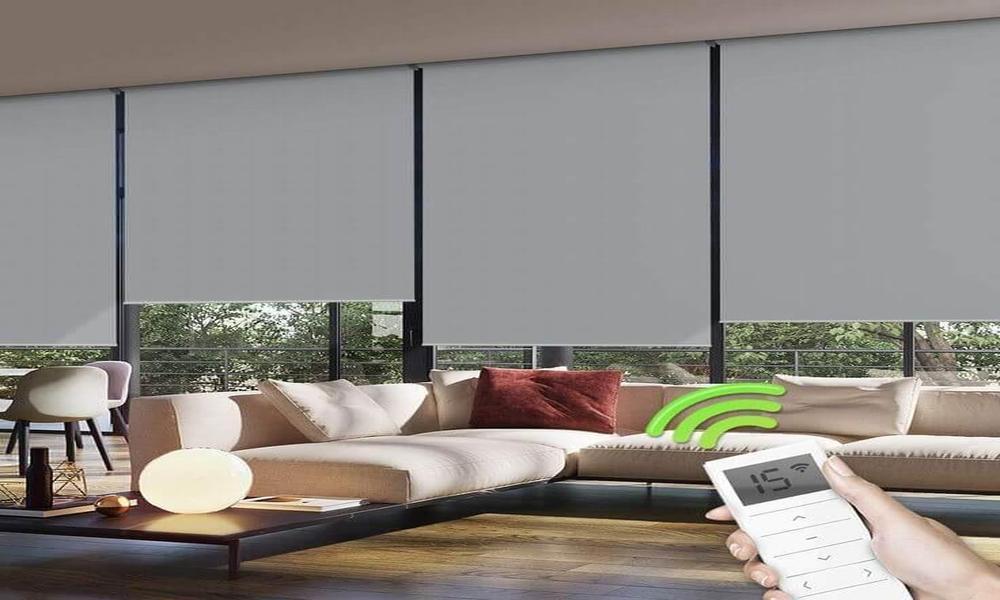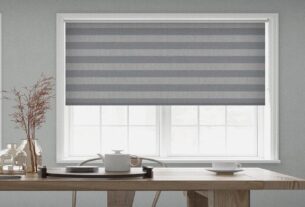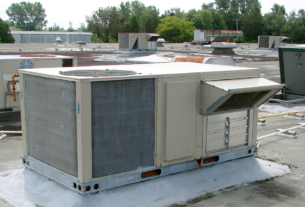Window coverings have always played a vital role in enhancing the aesthetic appeal and functionality of living spaces. Traditional curtains, with their manual operation, have been a popular choice for years. However, recent advancements in technology have paved the way for a new era of window treatments: motorized curtains. This transformation offers numerous benefits and opens up exciting possibilities for homeowners.
Embracing Automation
The advent of smart homes has brought automation to various aspects of our daily lives, including window coverings. Motorized curtains offer the convenience of remote control operation, enabling users to effortlessly open and close curtains with a simple press of a button. This automation eliminates the need for manual adjustments, making it easier to manage natural light, privacy, and room ambiance.
Enhanced Convenience and Accessibility
Motorized curtains provide unparalleled convenience, especially for large or hard-to-reach windows. With motorization, adjusting curtains becomes effortless, even for individuals with limited mobility. The ability to control curtains through mobile apps or voice commands adds a new level of accessibility, allowing users to operate them from anywhere in the house.
Customization and Personalization
Motorized curtains offer a wealth of customization options. With adjustable speeds and control over the degree of opening and closing, users can precisely tailor the curtain’s position to their preferences. Some systems even offer the ability to set personalized curtain routines, creating unique ambiance for different activities or times of day.
Integration with Smart Home Systems
One of the most significant advantages of motorized curtains is their compatibility with smart home systems. They can be seamlessly integrated with existing automation platforms, such as Amazon Alexa or Google Assistant, enabling voice control and synchronization with other smart devices. This integration allows for centralized control of multiple aspects of home automation, creating a cohesive and interconnected living environment.
Transitioning to Motorized Curtains
Transitioning from traditional curtains to motorized curtains is a straightforward process. Here are the key steps involved:
⮚ Assessment: Evaluate your existing curtains and windows to determine the feasibility of motorization. Consider factors such as curtain weight, track compatibility, and power source availability.
⮚ Selecting the Motorization System: Research different motorization options available in the market and choose a system that aligns with your needs and budget. Consider factors such as motor type, control options, and additional features like timers or sensors.
⮚ Installation: Motorized curtain systems usually come with detailed installation instructions. Follow the provided guidelines or hire a professional to ensure a proper and secure installation. It typically involves mounting the motor and track, connecting power sources, and configuring the control mechanism.
⮚ Integration and Programming: If you have a smart home system, integrate your motorized curtains into the existing setup. Set up routines, schedules, and preferred control methods through the associated mobile app or automation platform.
⮚ Enjoying the Benefits: Once installed and configured, enjoy the convenience, energy savings, and enhanced aesthetics offered by your new motorized curtains.
Final Words
The transition from traditional curtains to motorized curtains represents a significant leap in the evolution of window coverings.





